Swing Mirage 2 RS
2,425.00CHF
Our opinion – Review
Old Mirage:
The Mirage RS and RS+ was the benchmark for many years in speedflying. There was no other wing, that flies as fast and steep, while having this max glide and still being so easy to handle. The roll is moderate, the brake travels long and the stallpoint very progressiv and hard, even on the smaller sizes. The Mirage is even easy to ride on skis. The Mirage RS and RS+ also is known as a very stable and safe wing. We haven’t heard of accidents related to collapses. Compared to the Ozone Rapidos the Swing wings are measured smaller. If you put them on top, you would need about a 12.5m to match a 11m Rapidos. Thats one of the reasons why a Mirage RS and RS+ are flying faster than the “same size” Rapidos. Another reason is the Rapidos has a thinker profile and more ballooning, which results in an even thicker profile. A thicker profile gives you more stability and lower stallspeed, but also a slightly reduced topspeed. The critics of the Mirage RS and RS+ is that it doesn’t roll enough for many pilots and controlling the wing on the C’s doesn’t work well, in fact in starts to vibrate, what worries many pilots and just doesn’t feel good.
New Mirage RS2:
The new Mirage has a diffrent leading edge, with diffrent openings. It is much more firm (stiff or hard) then the old Mirage. It has a different airfoil (profile). It also has completly diffrent risers. The fabric and the line material stayed the same.
How does it fly?
The reduced ballooning and the new airfoil results in a decrease of drag. The wing is more efficient. Thats why it’s max glide is slighty improved and also the max speed it generates in a turn is slightly higher. The reduced ballooning also makes a wing more responsive to any input; toggle, risers and weight-shift, which you can clearly feel on the new mirage. So it is more responsive than the old mirage. Specially flying on the C’s is a big improvement, very responsive to inputs and no more vibrations. What we don’t like as much is the integrated bridge system, which idea is great. But it doesn’t work linear, all of the sudden the pull gets very hard and your not sure if thats the stallpoint or if you can pull past it.
The brakes also pull more on the inside than on the old Mirage, which creates more lift when pulling. Together with a the more efficient profile this gives the RS2 more pop. You can convert speed better into lift, great for barrels close to the terrain.
The roll is increased a little bit, but it still rolls less then a Rapido. This is great for beginners, expert normally like more roll. This slightly higher roll rate and quicker reaction to inputs make it much nicer and easier to fly barrel rolls with the RS2. When doing your first barrels, make them in clear airspace! It seems you also need to support the outside a little, to not get a wingtip flutter or collapses with trims open.
The new profile seems to pitch more. On take off the RS2 shoots up like a bullet. Specially when you’r holding the A-Lines or when trims are open. So we recommend beginners to hold all risers (instead of A’s only) and experts to not hold any risers. And for all pilots we advice you to start pulling the brakes to avoid overshooting before the wing has reached 90°. For experienced pilots this shooting is no issue at all, for speedriding beginners this can be demanding.
Swooping
The RS2 picks up noticeably more speed in a hook-turn and keeps the speed for longer. More speed also creates more lift once this vertical speed is transformed in horizontal speed. It’s simple physics. So the RS2 tends to level up (not stick to the ground while swooping). So if you hook it really hard, you need to swoop a slight turn to stick to the ground (carve it). If you want to swoop straight we recommend you following technique; Only hook i gently, maybe a 180 or max 270 and level out on the C’s earlier then usual. Don’t wait for this last moment to level out. Pull 1s earlier and then you can release it earlier as well and not generate too much lift.
Riding
It’s a very light canopy and it stays up there nicely even when riding slowly. As long as you keep the lines tensioned riding works great. If the lines get slack, it’s not as forgiving as the previous version, which often just floated weightless in the air without collapsing. The RS2 tends to collapse quicker when lines get slack and if it collapses it makes bigger and deeper collapses, which are hard to catch. So for speedriding beginners riding got more difficult.
Stability in turbulences
When flying in turbulent air, the wing is giving more feedback. So it feels a bit more scarry flying in turbulences. We are sure the RS2 is stable enough to fly in normal conditions trims open. When it get’s really bumpy, we think it’s not as stable as the old one was. Don’t be fooled by the RAST system, any wing can and will collapse! The most likely case to get a collapse is with trims out (open, fast) and 5cm brake tension….try it on skis, the M2 doesn’t like this. (most wings don’t)
Riser
The RS2 has slim risers. They are very trendy on paragliders. Slim risers naturally twist and tangle up more. So more risk to grab something wrong. They are not only slimmer, they also have a split A and this extra bridge. So the risers have become a lot more complicated. Take enough time to check before you take off. What is improved is the trimmer system. Very easy to close again in flight. Piloting with the C’s works great, but if you wanna fly with the bridge, it’s not as nice as before. There are 2 bridges; The upper one with grey band and the lower one above the trimmer. Both of them lack this linear pull until the pressure gets harder and harder before the stallpoint. Halfway trough the pull the pressure changes a lot and it feels wrong to pull further. If you wanna fly at max glide and trim it negativ, it’s hard to find the right position.
What we love on the new Mirage RS2:
- More reactive
- More speed
- More pop
- Snappier rolls
- More glide
- Longer swoops
- Better rear riser steering
- Trimmers easier to close in flight
Good to know
- Risers are more complicated and fiddly
- Level up when swooping hard
- It shoots a lot on take off
- It feels more scarry to fly in turbulences
- When lines get slack while riding it collapses quicker
Comparing the M2 with the Ozone R3
The Mirage 2 RS has a different airfoil (profile) then the Rapido 3. The M2 has the faster airfoil, but with trims open it doesn’t seem to go quit as steep as the Rapido 3. So far the Mirages always had more dive, now it’s the opposite. It’s not a huge difference, but noticeable. The Mirage also doesn’t stick to ground anymore while swooping, it levels up, you have to carve it to keep it down. This is annoying. The M2 has a slightly biconvex airfoil (similar to the Fluid2), what gives it more speed and glide, but is a little less collapse stable. It’s still much more stable then a Fluid2 and stable enough for normal conditions. If you get an asymmetric collapse, it can turn away quickly from it’s heading. If you are close to the terrain….very bad. There was a close call with a 9.5 here in Switzerland. So close the trimmers when it gets very bumpy. We haven’t heard from the Rapido 3 doing this.
When doing barrel rolls with the M2 you need to support the outside by pulling the outside brake. If you don’t you will get collapses with trims out. The Rapido doesn’t do this.
The Mirage is more roll stable then the Rapido 3, yet it still reacts very quick to any inputs. The M2 also has shorter lines, especially in sizes 13 and 15 there is a big difference. Many pilots like the M2 for it’s precise and quick handling.
The M2 has a different brake line setup then the R3. The M2 pulls more brake in the middle of the wing, thus making more lift and more drag. This makes the M2 slightly easier to takeoff and land when foot-launching then the R3.
On take off the M2 shoots up even faster than the R3. Take off speed is higher as well. On landing, you can slow down the M2 as good as the R3. The R3 has more roll than the M2, which most pilots like, once they are used to the high roll. Barrel rolls are now as fast and snappy on the M2 then on the R3, but you have to support the M2 well on the outside brake, if not it likes to collapse there with trims open. Flying in turbulences most pilots will feel safer on the R3 then on the M2. The M2 lets you feel the turbulences a lot. We think the M2 has lost some stability. Chances you get a collapse on it are sure higher than on a R3 or a Mirage 2+. The M2 is stable enough for flying in normal still fun speedflying conditions, but when it get’s wild, you must close those trimmers and put brakes on. The R3 is for sure more forgiving there. Also barrel rolls without supporting the outside is no problem for the R3.
Speedriding works great with the R3, even for beginners. You can ski over bumps without active piloting and let the lines go slack. Only when lines go really slack, it reacts with a collapse. Most of the times those collapses recover from themself and the R3 is still going on straight without a pilot input. Very forgiving behavior, same with trims open. On the M2 it’s a massiv difference with trims closed and open. With trims closed, it’s still a little forgiving when lines go slack. With trims open, it will make huge surprising collapses and turn into the snow behind your back. Just try ground-handling it with trims open and you will see what we mean with this. So the Mirage still works well for speedflying beginners, but for speedriding it’s much more tricky than the old version or the R3.
Both, the R3 and the M2 have too long risers for many pilots. The C’s are too high up with trims open for many pilots. Leaning back to reduce drag while flying asstograss on the rears won’t work. Specially smaller pilots find this annoying.
Construction and built quality
The M2 uses a lighter fabric then the R3, it comes up with the slightest breeze. The wing is noticeably lighter then the R3. This is probably what make it also more likely to get damaged. We have seen many M2 with a damage, but hardly any R3. They are built really strong. Even clipping trees doesn’t always hurt them. Since the R3 uses Kevlar lines, it never gets out of trim. It doesn’t need a retrimm ever. The M2 for sure gets slower over time and will be easier to stall. You should let them retrimm at some point.
We also really like the Ozone risers, we haven’t seen worn out ozone risers yet that needed to be replaced. But for sure some of the older swing ones. From the M2 we haven’t seen any worn out neither.
Price
Ask us for an offer.
| Size | Pro, 8,5, 9,5, 11, 13, 15, 17 Twin |
|---|---|
| Farbe | Flash, Nightshade, Berry |
Be the first to review “Swing Mirage 2 RS” Cancel reply
Related products
Gurtzeuge
Speedflying Schirme
Speedflying Schirme
Gurtzeuge
Speedflying Schirme
Notschirme
Speedriding Schirme
EN D Gleitschirme


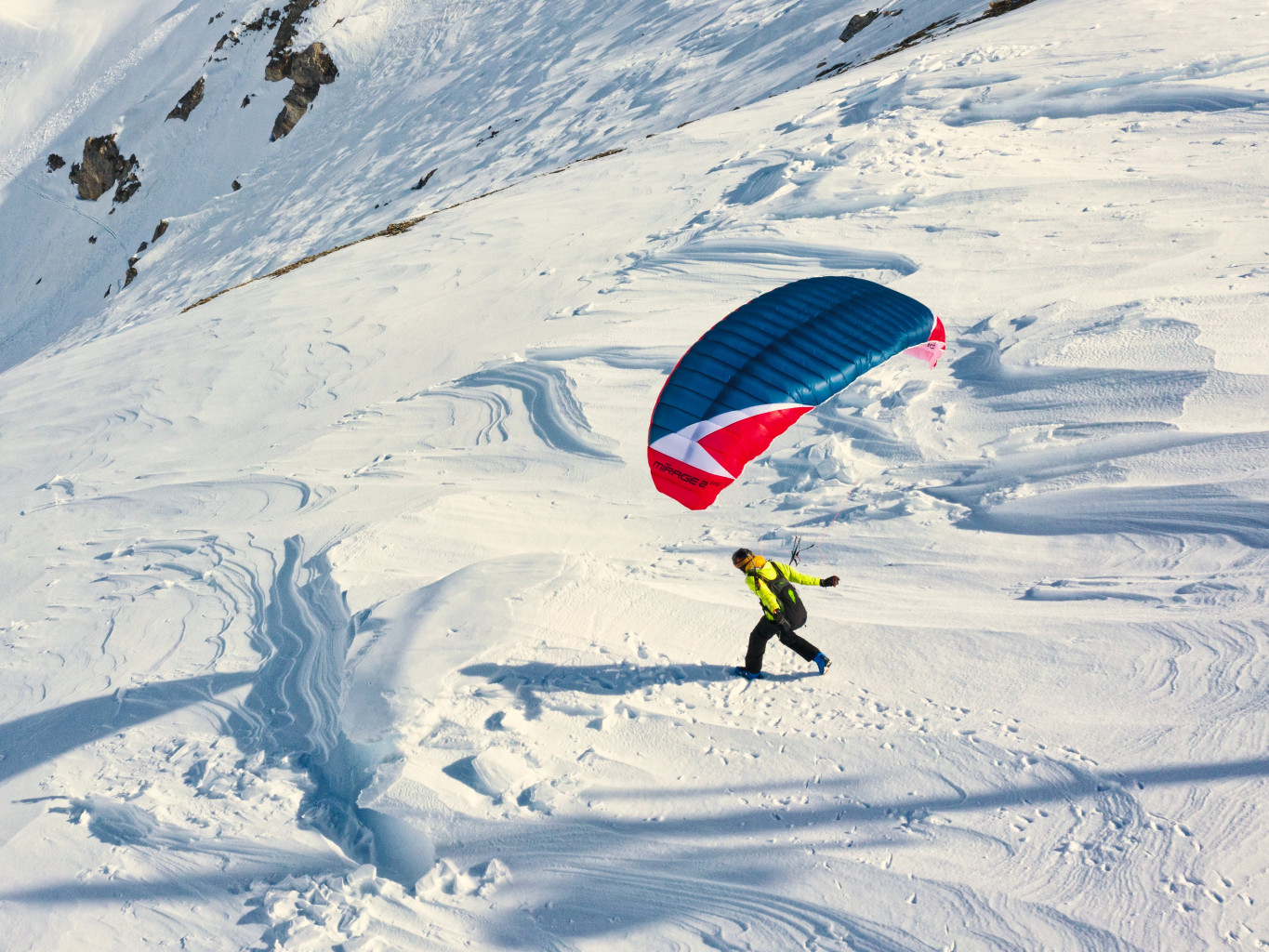

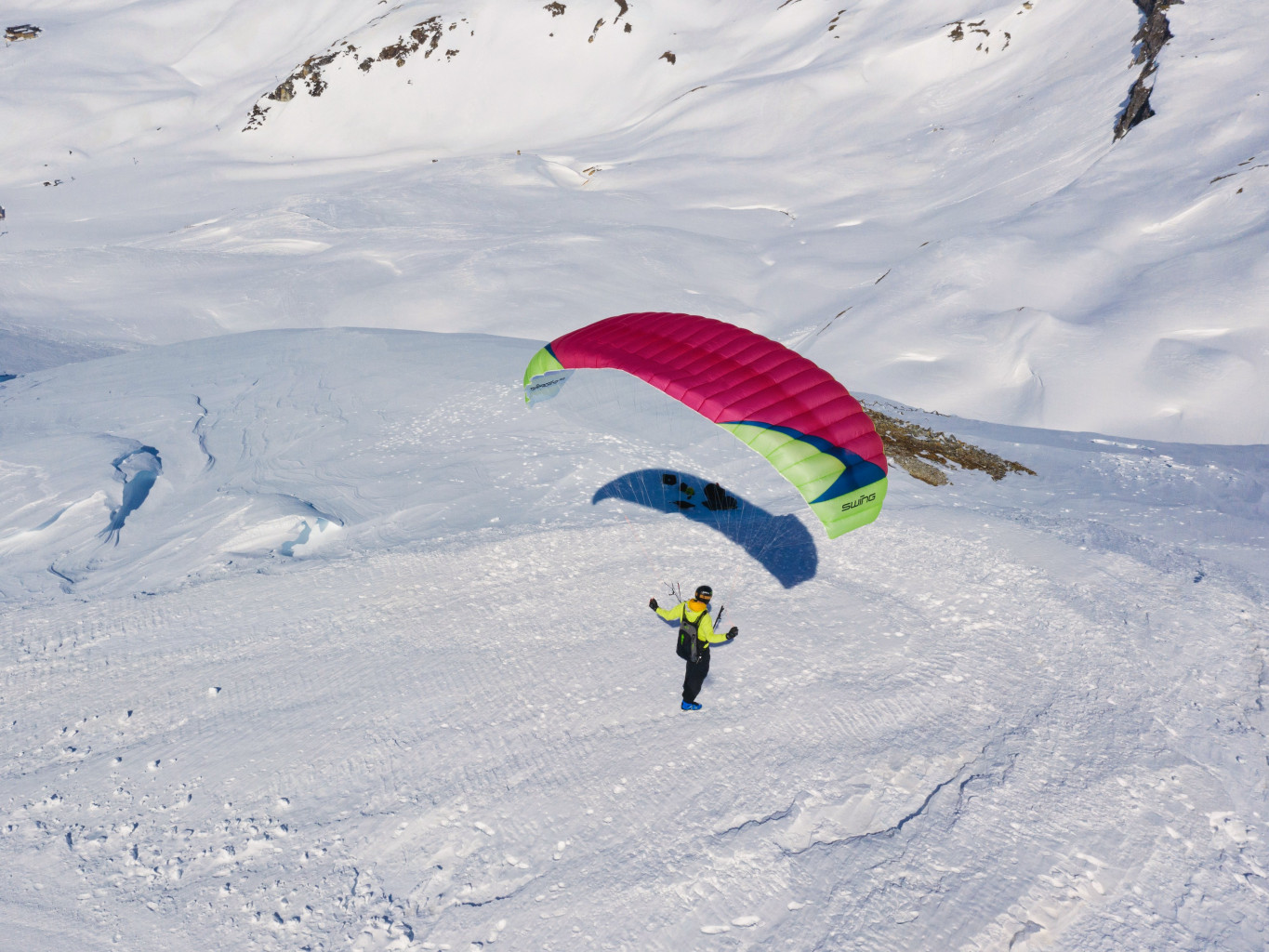
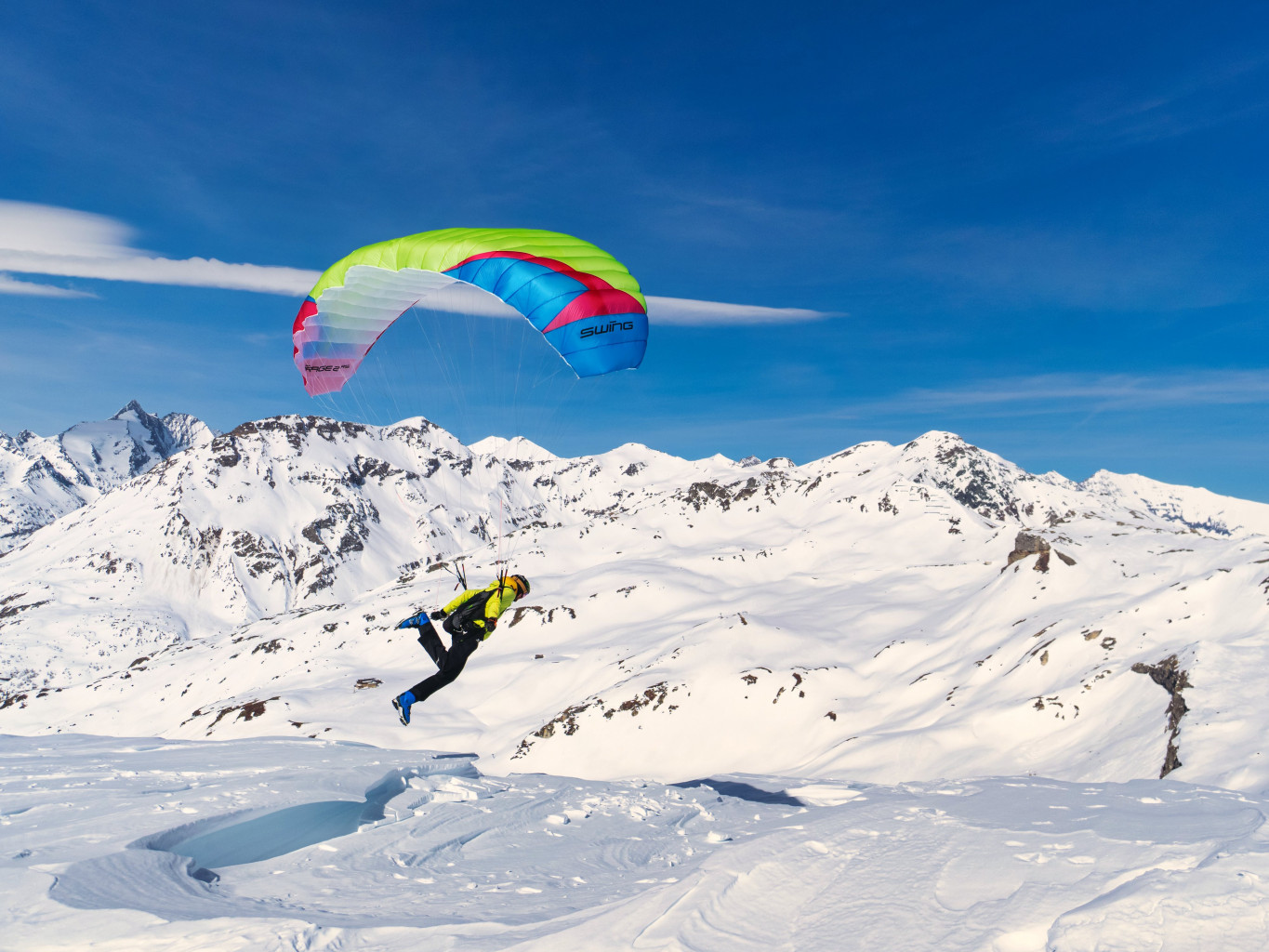
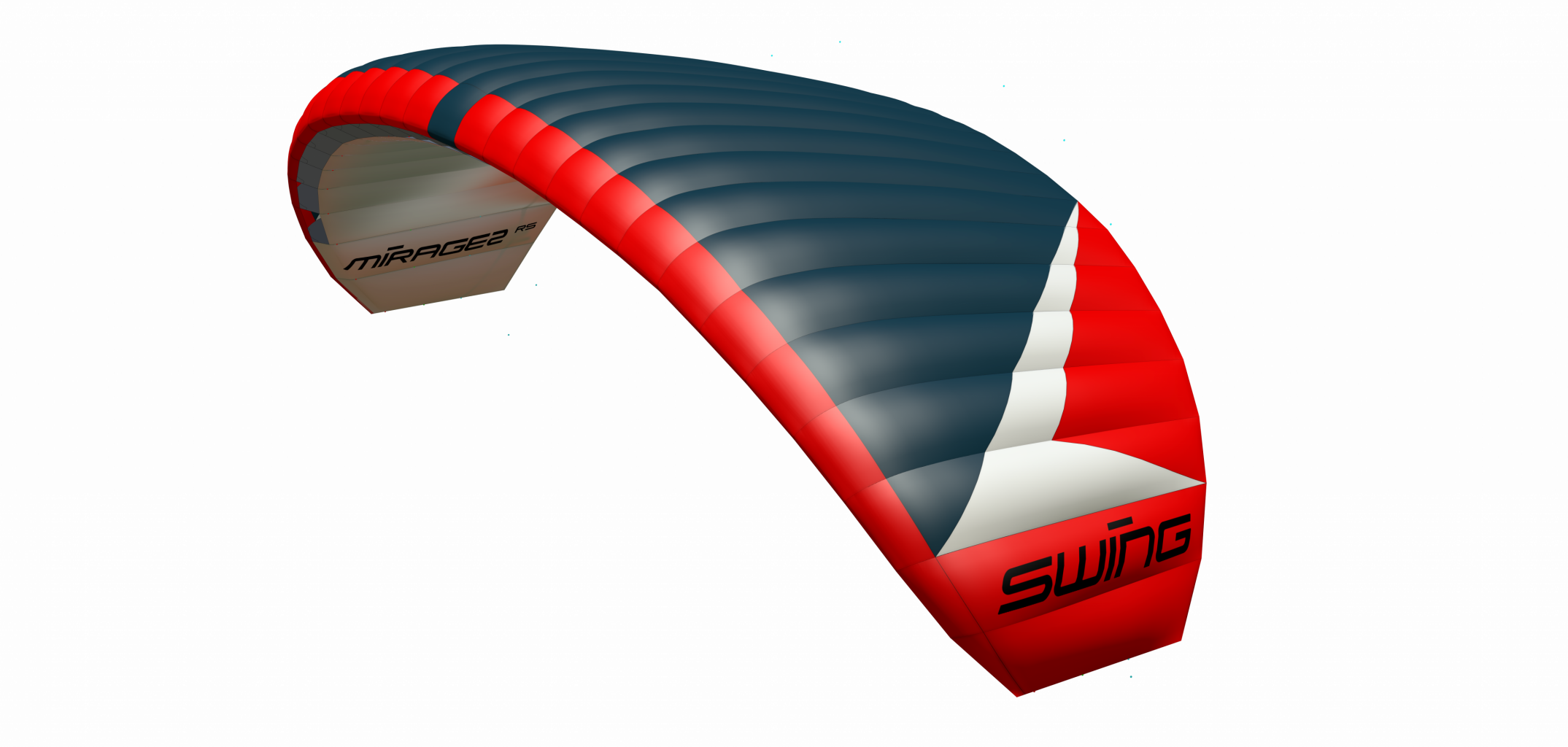
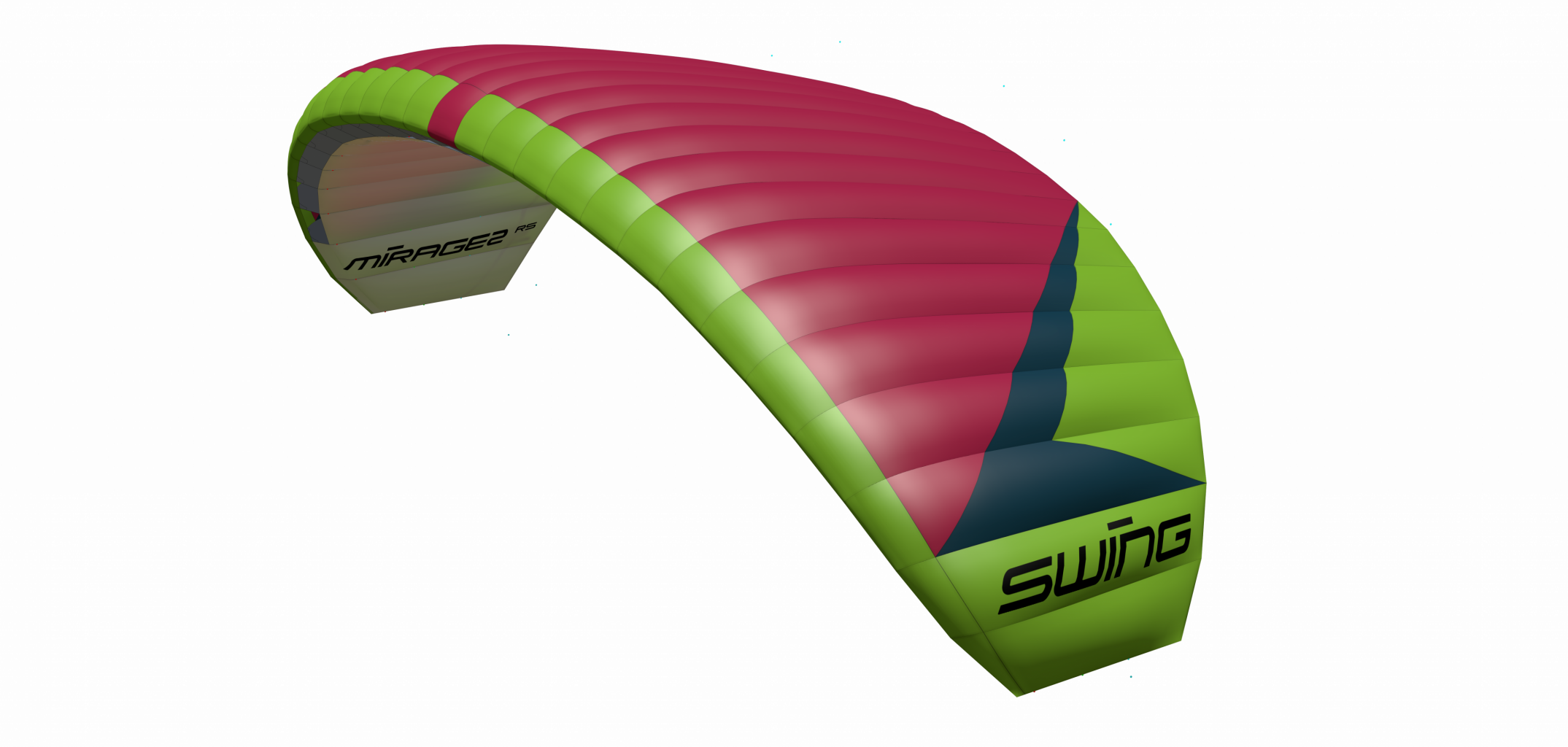
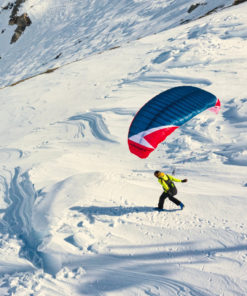
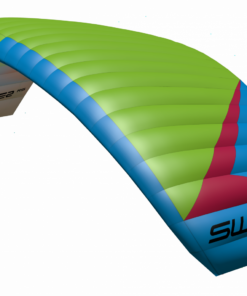




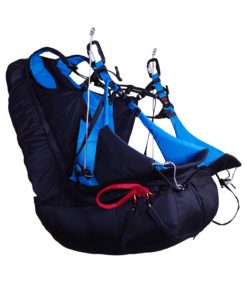
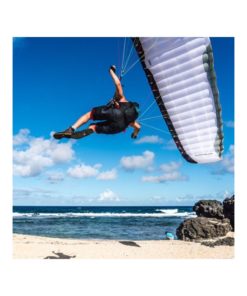
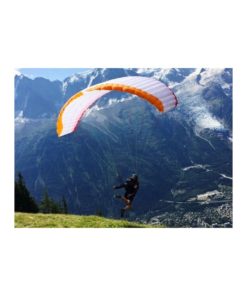
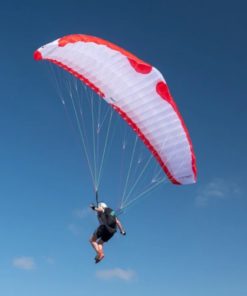
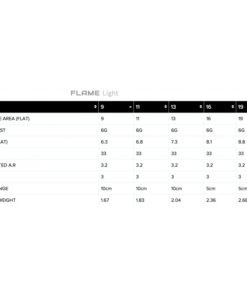

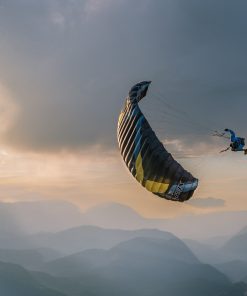
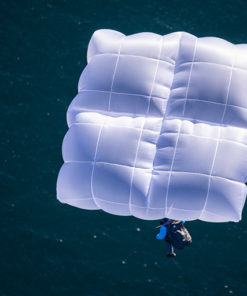
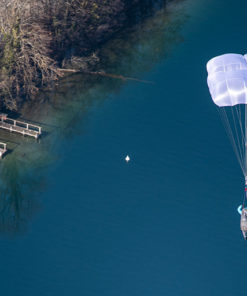
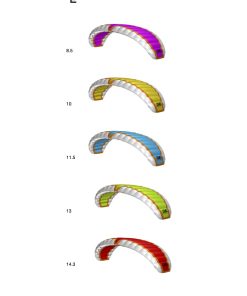
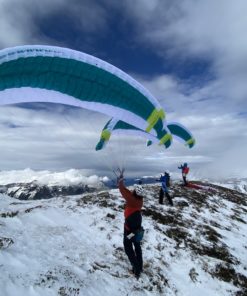
Reviews
There are no reviews yet.